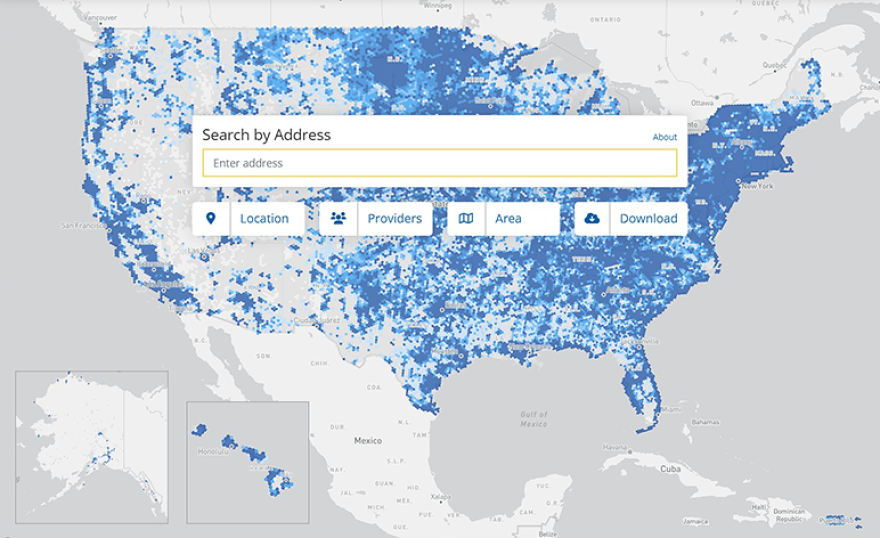A new broadband authority has launched in Spokane County to increase internet access in rural, and low-income communities.
Many internet service providers have told the federal government that they are serving rural communities, but residents say the internet that’s available is often unreliable, or unaffordable.
In Waverly, a town of about 180 people south of Spokane, residents can’t do schoolwork online, telehealth, or work from home.
DonNell Ellsworth, the town clerk, said internet is too expensive for most residents, many of which are on fixed incomes. She said even at City Hall, she struggles with spotty, slow service.
“When I walk into my office every day, I have to reset my router three, or four times before I can even get on, and I'm going to be lucky if the internet works well enough for me to do my correspondence that I need too,” she said. “And that's just me at the town hall, and I'm only there for a few hours a few days a week.”
She, and many other local officials in rural communities like Fairfield and Medical Lake are hoping increased federal funding, and a new regional broadband authority, could change that.
Ariane Schmidt, executive director of Broadlinc, the new broadband authority, said the body was created by the Spokane County Commissioners with COVID aid during the pandemic. She said rural communities on the south side of the county are on the list to receive one of the first broadband investments, likely in early 2024.
“Broadlinc is working on projects to build, and expand broadband capacity,” she said, “whether that be fiber-optic cable in the ground, or hung through polls, or in some instances where terrain or other variables make that not an option through wireless capacity, build that infrastructure as the owner, and then make that available to internet service providers in areas (where it was) cost prohibitive on their own.”
She said affordability is one of the key missions of the new authority, and providers that use the public infrastructure will have to agree to a minimum service standard, and provide an option affordable enough that a person who receives a subsidy to help them pay their internet bill can afford it. The authority is also looking to improve digital access in rural communities by potentially partnering to improve digital literacy, or increasing low-cost options.
Anyone who lack internet access, or whose service is too slow for work or school, can contest their speed with the Federal Communications Commission. The FCC keeps a map of internet speeds, which is based on reports from internet companies.
Schmidt said broadband grants are often based on that federal map, and if people contest their internet speed, or lack of access on the map, and also let local officials know, it may help local governments, Broadlinc, or other entities improve service.
“We've had a handful of (people) from different areas of the county that have reached out and said, ‘I don't have the internet that I need,’ and those constituents, those single voices, have really been the spearhead of projects that have become grants,” she said. “So really knowing what people's experiences are is really huge in helping us understand what is the next thing up in the queue.”

